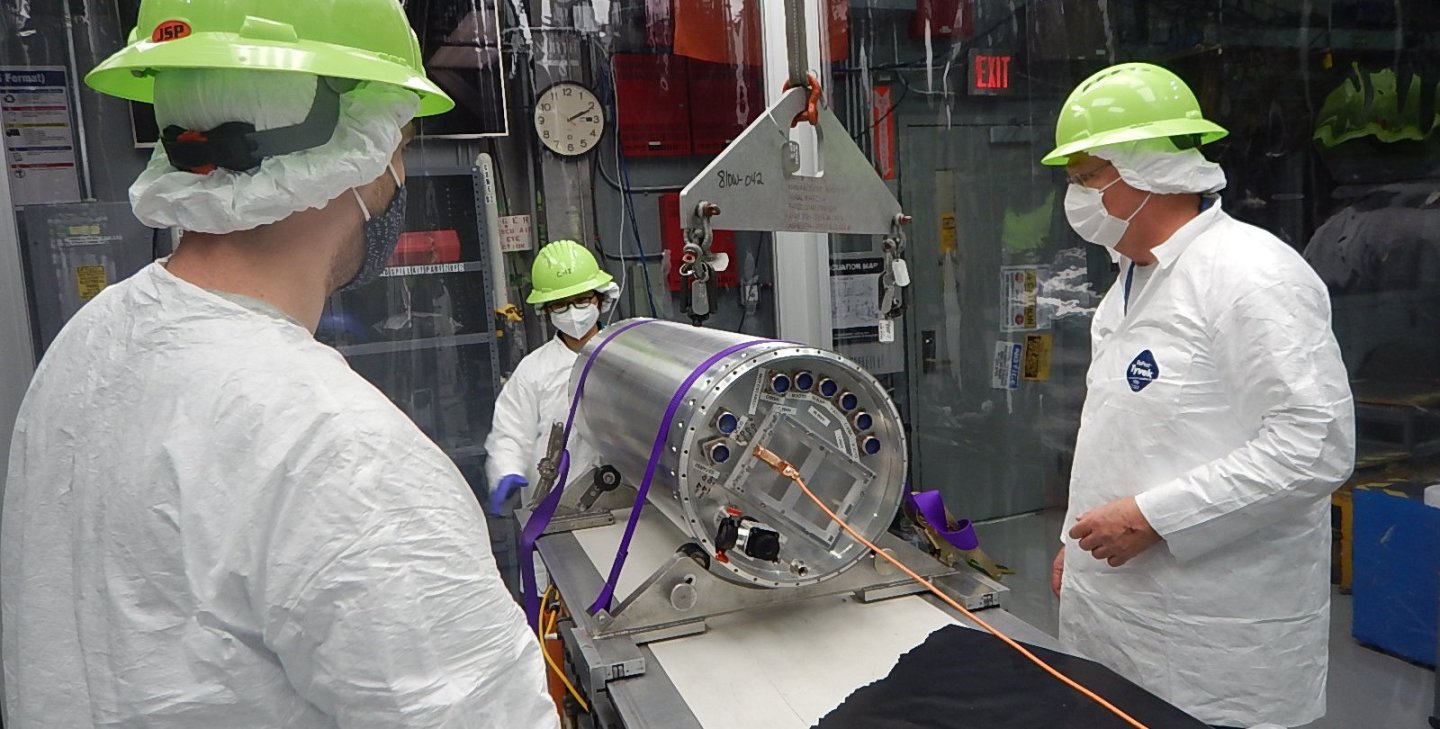A new instrument made a short jaunt to space on the weekend, as part of a mission to measure the total light ever emitted over the universe’s history. The CIBER-2 project will search for stray stars hiding between galaxies by monitoring the cosmic background glow of infrared light.
The Cosmic Infrared Background Experiment-2 (CIBER-2) is designed, as the name suggests, to measure the cosmic infrared background. This patchy pattern of radiation pervades the universe, highlighting where galaxies cluster together, and analyzing it can teach astronomers plenty about the distribution of stars and other objects in space.
On Sunday June 6, CIBER-2 made the first of five trips to space to study this phenomenon. The instrument was launched on a NASA Black Brant IX sounding rocket from New Mexico, reaching an altitude of around 300 km (186 miles) for 10 minutes, before being brought back to Earth.

Caltech
During its time aloft, CIBER-2 scans a patch of sky equivalent to about eight times the full Moon. It takes measurements of the cosmic infrared background in six wavelengths, allowing scientists to later analyze the data to learn about the stars or other objects that produced it.
This could help answer some major questions. It’s believed that the vast majority of stars reside in galaxies, but data from the Spitzer Space Telescope found that there was more light in the cosmic infrared background than expected, based on known galaxy populations.
Two explanations for that were put forward by different teams. One suggested that the extra light was coming from the very first stars and black holes that ever formed. The original CIBER mission, meanwhile, found evidence that there might be more free-roaming stars outside of galaxies than we thought.
CIBER-2 could help solve the problem by scanning the sky in more wavelengths than either Spitzer or the original CIBER, allowing it to analyze the spectra of light from different sources. For instance, the very first stars and black holes would be enveloped in a fog of hydrogen, which pervaded the early universe, and that would affect the spectrum of colors in their light. But stars that formed more recently don’t pass through this hydrogen, so their light looks different.
“This background glow is the total light produced over cosmic history,” says Jamie Bock, lead scientist on the CIBER missions. “Our method measures the total light emitted over cosmic history, including any sources astronomers might have missed.”
Following last weekend’s successful flight, CIBER-2 will launch four more times over the next five years for further scans. Data gathered over the course of the mission will help inform the design of a future telescope, called the Spectro-Photometer for the History of the Universe, Epoch of Reionization and Ices Explorer (SPHEREx). Due to launch in 2024, SPHEREx will scan the sky in an astonishing 102 wavelengths over two years, for a truly deep look at the cosmic infrared background.
Source: Caltech
Source of Article